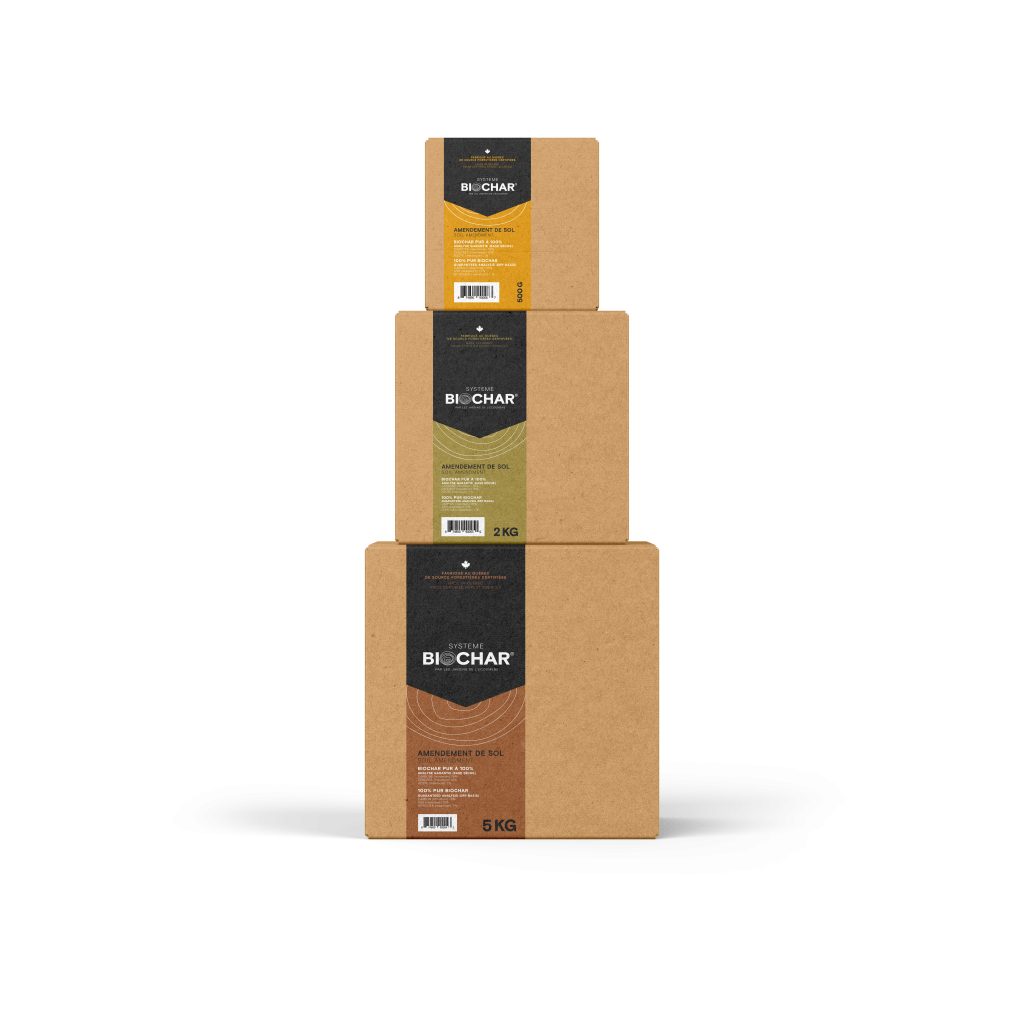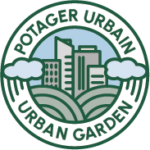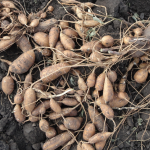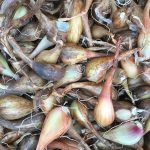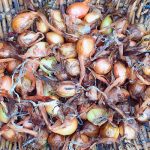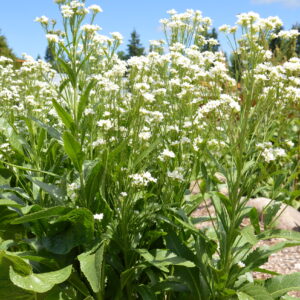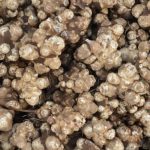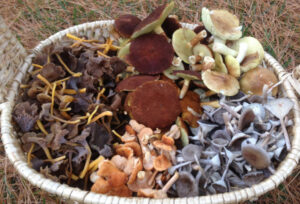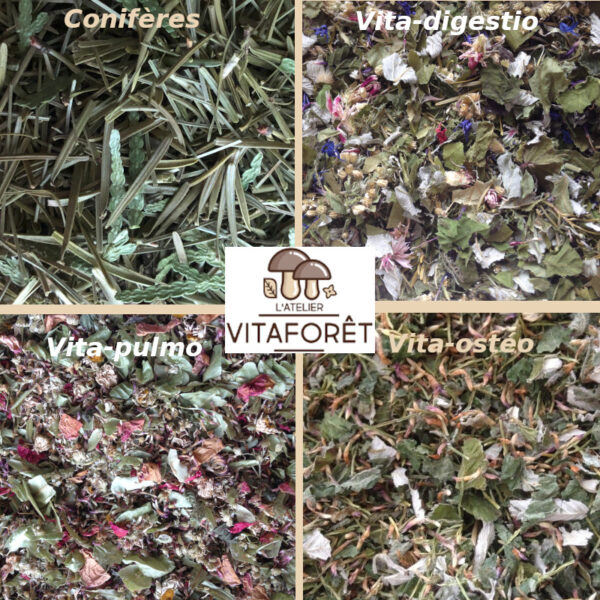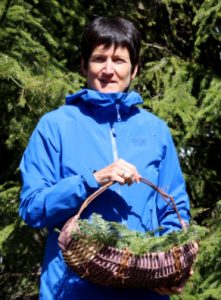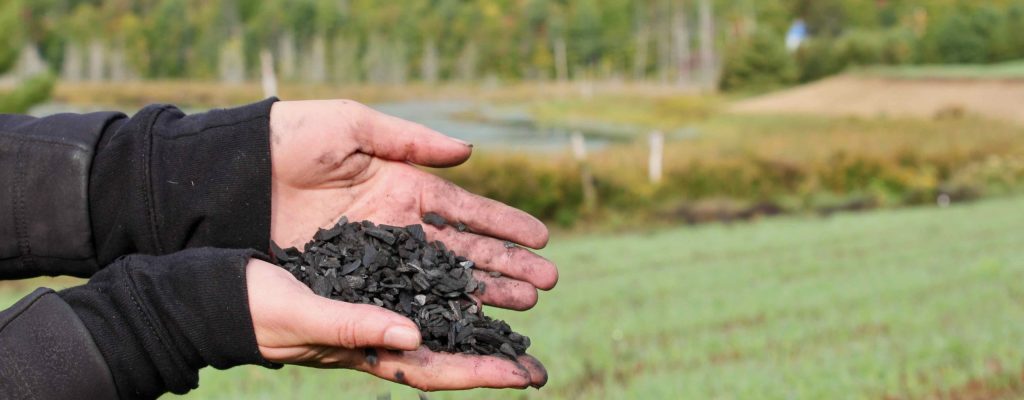-> Consult the application guide.
-> See the video on direct application.
DIRECT APPLICATION — GARDEN AND BEDROOM
So that he accomplishes his work advantageously, it is recommended to integrate it into the soil, by direct application, in autumn. In this way, the interval between its incorporation into the soil and the establishment of plants in the garden in spring gives it plenty of time to stabilize.
How ?
- by attracting indigenous microorganisms
- thanks to its negative charge, absorbing positively charged nutrients like calcium and potassium.
Its incorporation into the soil to a depth of 8 to 15 cm should be done with a spading fork. We avoid the use of the rototiller, because it further disrupts the soil ecosystem.
In order to maintain living soil*, get into the habit of simply aerating the soil with the spading fork or grelinette, without turning the soil.
What is biochar? This black substrate obtained from pyrolysis was the basis of pre-Columbian Amazonian agriculture and has resurfaced to revolutionize the way we amend soils.
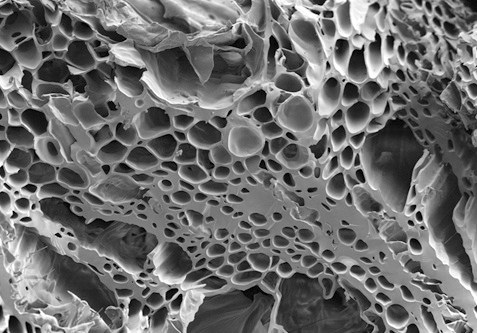
Quebec biochar comes from the slow cooking and almost no oxygen of forest residues. It has the appearance of small charred wood chips because it is! This manufacturing method makes it an almost indestructible product in the ground. Its porous structure offers an incredible total surface area (1000 to 2500 m2/1 g of biochar) which makes it possible to: very effectively trap nutrients, retain water and promote the maintenance of microorganisms essential to living soil.
Significant addition of biochar to soil at any other time of year is possible, but could temporarily interfere with the availability of key nutrients. In addition, its incorporation involves turning the soil which is not desirable during the growing season.
- In smaller quantities, however, using compost or potting soil with added biochar, this does not pose a problem.
*Read The benefits of living soil on Écouinfo
Gradual application
Biochar persists for decades, even centuries. Also, to avoid making a radical change in the soil, we recommend gradual integration of the biochar system over one to five years.
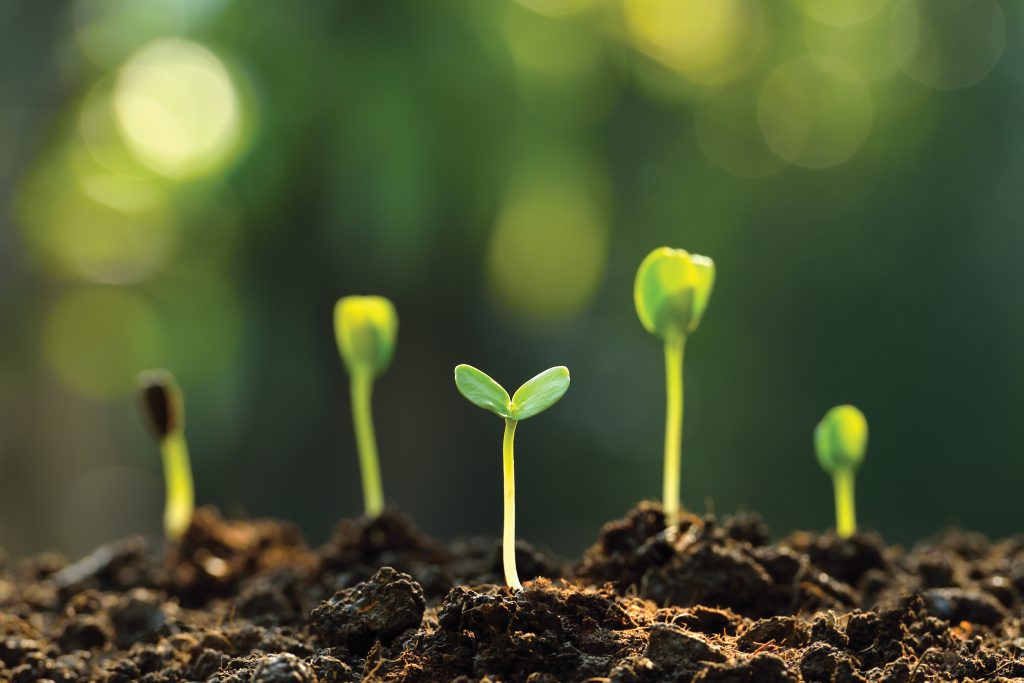
The optimal quantity to integrate into the soil was set at 1 kg for 1 m2. Application can be done directly at a rate of 300 g/1 m2 in autumn. The rest will be added gradually, over a few years, as:
- you will add compost added with biochar before transplanting (our favorite method!);
- you will plant plants in a potting soil added with biochar.
The missing link
Les Jardins de l'écumène invites you to carefully observe your cultivated ecosystems and to support the multiple forms of life that make up the edaphon (mushrooms, bacteria, fauna and flora) by creating favorable conditions for their flourishing thanks to biochar, the missing link in living soils.
